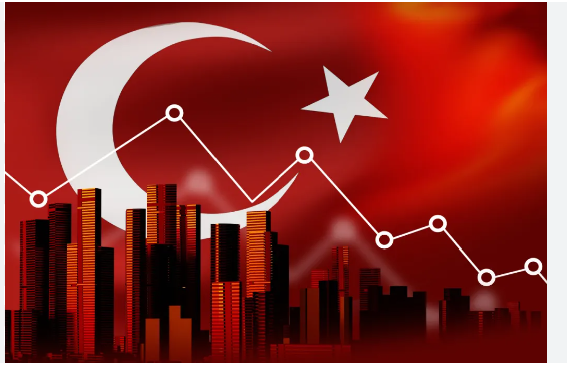- Mehmet Şimşek, following his appointment as the new Treasury and Finance Minister, expressed that Turkey had no other option but to return to a rational ground, and that transparency, consistency, predictability and compliance with international norms will be the basic principles in achieving the main objective of boosting social welfare. We think that these statements herald a (gradual) departure from the unorthodox policies of previous few years.
- We expect the policy rate to be increased to 25% at the 22-June MPC meeting along with a message that further hikes will follow. We would also expect the policy rate to be increased to close to 35% at the next few meetings.
- Yet, Erdogan’s statements that he is at the same position regarding interest rates raises question marks that CBRT’s steps may remain on a smaller scale. It should also be noted that the MPC members have retained their positions, which also raises doubts that there may be a reversal in the future even if economic policies normalize in the short term.
- We think that the primary objective of economic policies going forward would (should) focus on limiting domestic demand, and hence FX demand. In that purpose, we expect that certain macroprudential regulations on banks will (should) be loosened (or removed at some point), regardless of the level of the policy rate.
- We also believe that the economy management would (continue to) let the TL depreciate gradually to help exports and halt the mounting in consumption goods imports, which has been rising at a 60-70% YoY pace in recent months.
- Yet, given that the outstanding level of FX-protected deposit (KKM) scheme has now reached USD125bn, an abrupt TL depreciation might cause an enormous burden for the public sector, so that the depreciation should take place in a measured manner. Based on the current exchange rates, we roughly calculate that the KKM scheme have already inflicted a cost of TL350 billion (to be spread over the next 3-4 months), of which TL150 billion to be covered by the Treasury.
- We believe that the government, by evaluating various factors such as foreign trade dynamics, inflation, foreign exchange demand, and FX-protected deposit related costs, may prefer to adopt a “managed floating exchange rate” regime, which would help balance foreign trade dynamics and shift the growth composition from domestic demand to exports. Yet, this strategy is likely to keep inflation high (currency-inflation spiral).
- We raise our year-end forecast for $/TL rate to 26.00 from 24.50, and our annual average forecast to 22.50 from 21.75. This indicates an average level of around 25.00 for $/TL in 2H23.
- In the upcoming period, various election promises, early retirement (EYT) payments, transfers to SEEs (more particularly BOTAS), FX-protected scheme related payments, and more particularly the earthquake-related reconstruction, infrastructure and shelter expenditures will impose a significant burden on the budget. Accordingly, it seems highly likely that various tax hikes will come to the agenda in the coming months. All in all, it seems very difficult for the end-2023 budget deficit/GDP ratio to remain below 6.0%, which was projected to be 3.5% at the beginning of the year.
- We believe that even if the policy rate is increased and the domestic demand is slowed down over time, the exchange rate pass-through will be highly determinant on the inflation outlook in the coming months. We expect CPI inflation to rise towards 50% levels as we approach the end of the year, due to the rigidity in services inflation, TL’s depreciation, and potential tax hikes amidst a deteriorating budgetary outlook, etc. As such, we raise our year-end CPI inflation forecast to 55% from 51%.
- We think that a GDP growth of around 3.0% for the whole year seems reasonable. We also continue to think that the risks are still on the upside due to the reconstruction expenditures in the earthquake zone and other election-related budgetary expenditures.
- We expect the C/A deficit to peak at around USD60bn by June/July before reversing the trend in 2H23, mainly attributable to the easing in energy and net gold imports, and falling to about USD50bn (about 5% of GDP) by end-2023.
By Chief Economist Serkan Gonencler
Follow our English language YouTube videos @ REAL TURKEY: https://www.youtube.com/channel/UCKpFJB4GFiNkhmpVZQ_d9Rg
And content at Twitter: @AtillaEng
Facebook: Real Turkey Channel: https://www.facebook.com/realturkeychannel/
